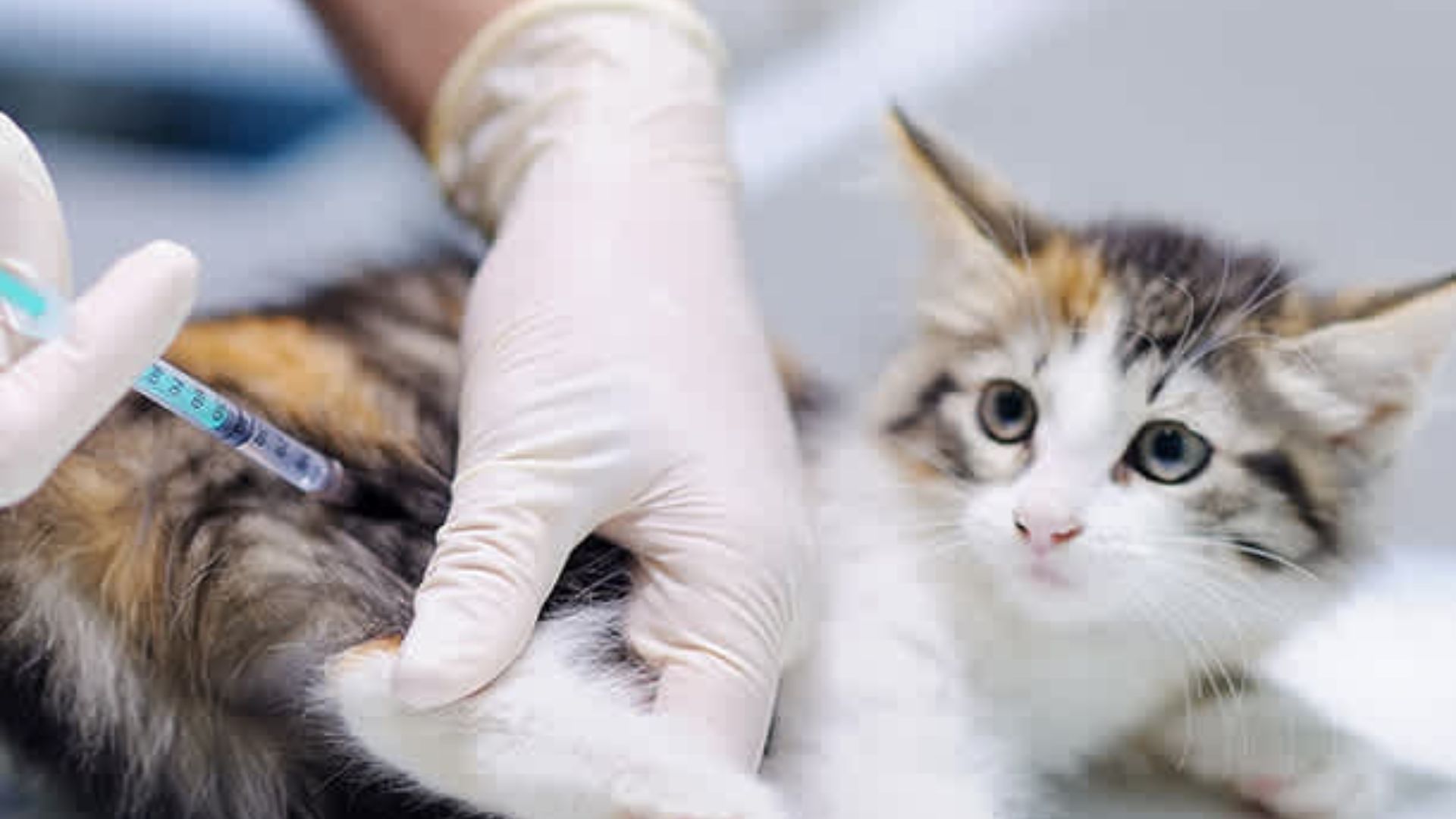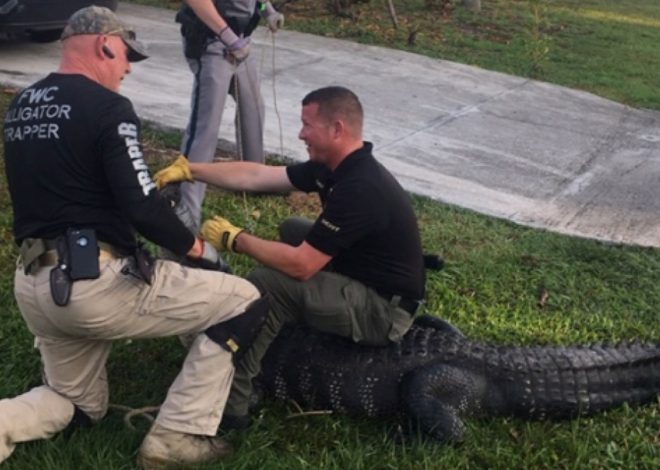
What is Neutering ?
Neutering is the surgical procedure to remove the reproductive organs of an animal, either all of it or a considerable part. In male animals, this procedure is called castration, while in female animals, it is referred to as spaying.
Neutering is commonly used for animal sterilization to prevent unwanted litters and contribute to controlling the overpopulation of unwanted animals in the rescue system.
What is the difference between neutering and spaying
The primary difference between neutering and spaying lies in the gender of the animal being sterilized. Neutering is the term used for male animals, involving the removal of the testicles to prevent reproduction. On the other hand, spaying is the term used for female animals, involving the removal of the uterus and ovaries to prevent pregnancy.
At what age should pets be spayed or neutered ?
The recommended age for neutering pets can vary based on factors, including the breed, size, and health of the animal. For dogs, the American Animal Hospital Association (AAHA) recommends the following guidelines:
- Small-breed dogs (under 45 pounds projected adult body weight) should be neutered at six months of age.
- Female dogs should be spayed between 6 to 9 months of age, preferably before their first heat cycle to reduce the future risk of mammary cancer.
- Male dogs should be neutered at around 12 to 18 months of age, as waiting until they reach musculoskeletal maturity can help prevent certain orthopaedic injuries.
- Larger breeds should be neutered later, around 12 to 18 months of age, to avoid potential health risks.
- Giant breeds may be neutered at 18 months of age or later.
It’s essential to consult with a veterinarian to determine the best age for spaying or neutering your pet based on their specific needs and health status.

What are the benefits of neutering pets ?
The benefits of neutering pets include:
1. Reduces or eliminates the risk of spraying and marking: Neutered pets are less likely to engage in territorial marking behaviors.
2. Less desire to roam: Neutered pets are less likely to wander away from home, reducing the risk of injuries and fights.
3. Healthier life: Neutered dogs have a lower risk of testicular cancer and pancreatic cancer, leading to an increased life expectancy.
4. Improved behavior: Neutered pets are less likely to behave aggressively, mark territory, or try to mount objects after being neutered.
What are the risks of neutering pets ?
The potential downsides or key risks neutering or spaying pets include:
1. Increased risk of certain types of cancer: Some studies suggest that neutering may increase the risk of certain cancers, such as lymphoma, mast cell tumor, hemangiosarcoma, and osteosarcoma, in some dog breeds. However, the relationship between neutering and cancer risk is complex and inconsistent across different studies and breeds.
2. Increased risk of joint disorders: Neutering, especially before 1 year of age, has been associated with an increased risk of joint disorders like hip dysplasia, cranial cruciate ligament tear or rupture, and elbow dysplasia in some larger dog breeds. The risk of joint disorders appears to be breed-specific, with smaller breeds showing no increased risk.
3. Anesthetic and surgical complications: There is a small risk of complications from the anesthesia and surgical procedure itself, such as surgical site dehiscence, scrotal hematoma, bruising, and hemorrhage. The estimated rate of significant complications or mortality from the anesthesia is around 2.1% in dogs.
4. Potential behavioral changes: While neutering can reduce some unwanted behaviors like roaming and urine marking, it may also lead to increased fear-related behavior problems if not properly managed.
5. Timing of neutering: The optimal timing of neutering can vary based on breed, size, and individual health considerations. Neutering too early may increase certain health risks.
It’s important to note that the risks are not universal and can be highly dependent on the individual pet, breed, and timing of the neutering procedure. Consulting with a veterinarian to weigh the specific risks and benefits for your pet is crucial when making the decision to neuter.
Common complications of neutering pets
The most common complications of neutering pets include:
1. Surgical site dehiscence
2. Scrotal hematoma
3. Bruising
4. Hemorrhage
5. Infection
How can I prevent infections after neutering my pet ?
To prevent infections after neutering your pet and ensure the best practices for post-neutering care follow these steps:
1. Keep the incision site clean and dry: Avoid bathing your pet for at least 10-14 days after the surgery to prevent water from entering the wound and introducing bacteria. Gently clean the area around the incision with a damp cloth if needed, but avoid getting the incision wet.
2. Prevent licking or chewing: Use an Elizabethan collar or a cone to prevent your pet from licking or chewing at the incision site, which is a common cause of infection.
3. Monitor the incision site: Check the incision site daily for any signs of infection, such as redness, swelling, or discharge. If you notice any of these signs, contact your veterinarian immediately.
4. Keep your pet calm and quiet: Limit your pet’s activities to prevent them from aggravating the wound. This includes no running, jumping, or playing for at least two weeks after the surgery.
5. Follow post-surgery care instructions: Your veterinarian will provide you with specific instructions for post-operative care. It’s essential to follow these instructions carefully to ensure a smooth and speedy recovery for your pet.
6. Be vigilant for signs of infection: Know the signs of infection, such as pain at the incision site, fever, swelling, redness, or discharge. If you notice any of these signs, take your pet to the vet right away.
7. Keep your pet’s cone on: If your pet is wearing a cone, make sure it’s on at all times to prevent them from licking or chewing at the incision site.
8. Limit your pet’s movements: Restrict your pet’s movements to prevent them from running or jumping, which can cause the wound to reopen or become infected.
9. Monitor your pet’s appetite and behavior: If your pet is not eating or showing signs of lethargy that last more than a couple of days, contact your veterinarian.
10. Seek professional help if necessary: If you notice any signs of infection or complications, contact your veterinarian immediately. They will provide guidance on how to manage the infection and ensure your pet’s recovery.
By following these steps, you can help prevent infections after neutering your pet and ensure a smooth and healthy recovery.

10 signs of infection after neutering a pet
The signs of infection after neutering a pet include:
1. A bad smell coming from the incision site
2. Acute redness, swelling, or bruising at the incision site
3. Refusal to eat for more than a couple of meals
4. Lethargy lasting more than a couple of days
5. The incision site reopens
6. Bleeding or pus coming from the incision site
7. Signs of pain lasting longer than a week (shaking, hiding, drooling)
8. Vomiting or diarrhoea longer than 24 hours after the procedure
Common infections after neutering pets
The most common infections that can occur after neutering pets are:
1. Infection at the incision site:
- Reddening or worsening swelling at the incision site
- Green pus or discharge from the incision site
- A bad smell coming from the incision site
- Acute redness, swelling, or bruising at the incision site
2. Poorly healed wound
3. Self-inflicted complications, such as the pet licking or chewing at the incision site
4. Anesthetic complications
5. Scrotal bruising/swelling in male pets
6. Internal bleeding
Prompt identification and treatment of any signs of infection are crucial to prevent more serious complications. Adhering to the veterinarian’s post-operative care instructions is also key to minimizing the risk of infections.
10 Causes of infections after neutering pets
The causes of infections after neutering pets are:
1. Poor wound care: Failure to keep the incision site clean and dry, allowing bacteria to enter and cause infection.
2. Self-inflicted complications: Pets licking or chewing at the incision site, which can introduce bacteria and cause infection.
3. Anaesthetic complications: Complications during the anesthesia process, such as allergic reactions or respiratory issues, which can increase the risk of infection.
4. Poorly healed wound: Wounds that do not heal properly, creating an environment for bacteria to grow and cause infection.
5. Internal bleeding: Bleeding into the abdominal cavity, which can lead to infection if not treated promptly.
6. Incontinence problems: Incontinence issues in female dogs after spaying, which can lead to infection if not managed properly.
7. Hernias in females: Hernias that can occur in female dogs after spaying, which can lead to infection if not treated promptly.
8. Scrotal bruising/swelling in males: Bruising or swelling in the scrotum of male dogs after neutering, which can be a sign of infection.
9. Ovarian remnants in females: Remnants of the ovaries in female dogs after spaying, which can lead to infection if not removed during the procedure.
10. Internal bleeding: Bleeding into the abdominal cavity, which can lead to infection if not treated promptly.
It’s essential to follow your veterinarian’s post-operative care instructions carefully to minimize the risk of infection after neutering your pet. This includes keeping the incision site clean and dry, preventing self-inflicted complications, and monitoring your pet’s behavior and health closely.
Continue reading: What is Feline Leukemia Virus ?


